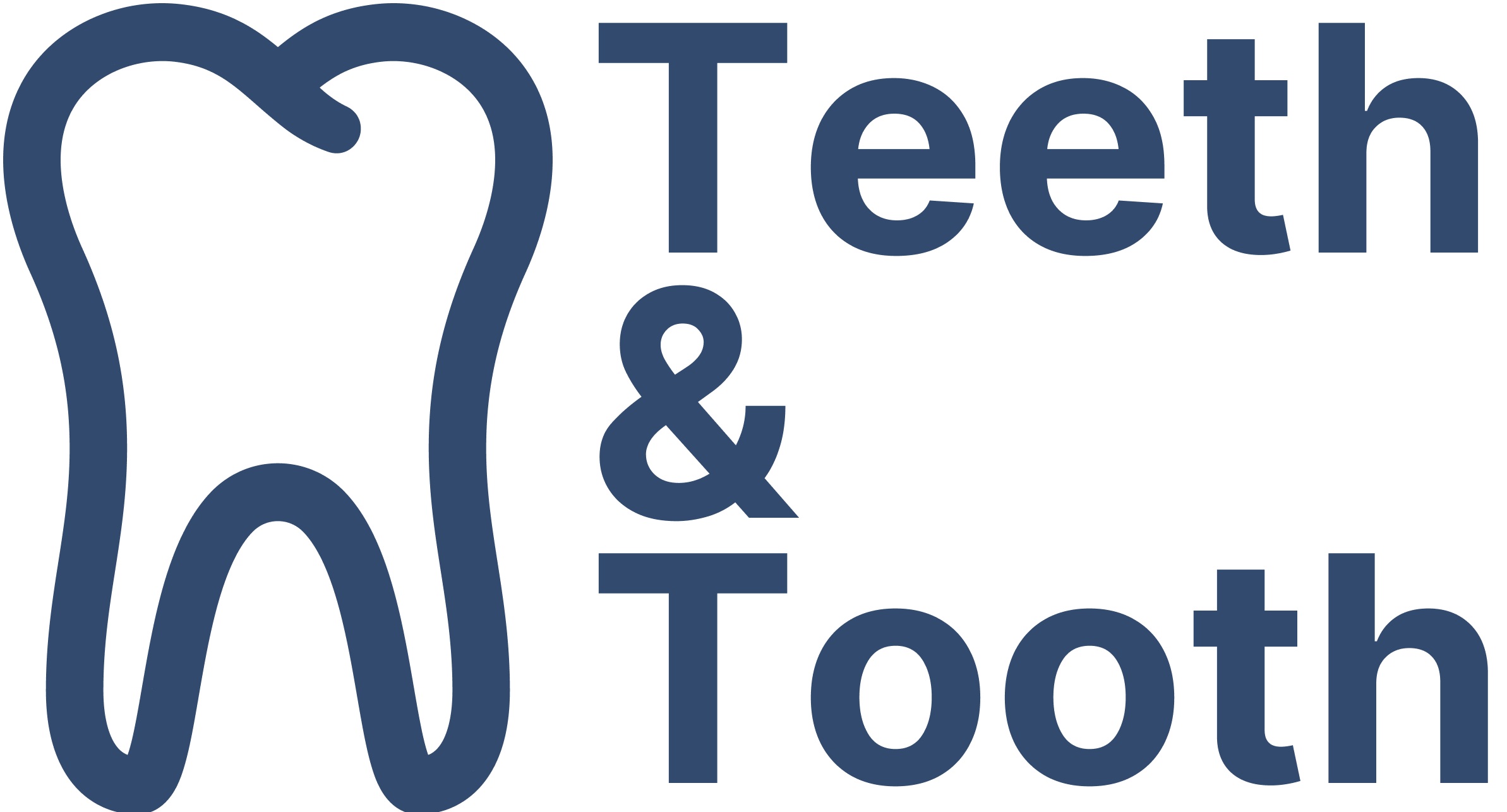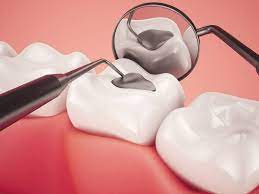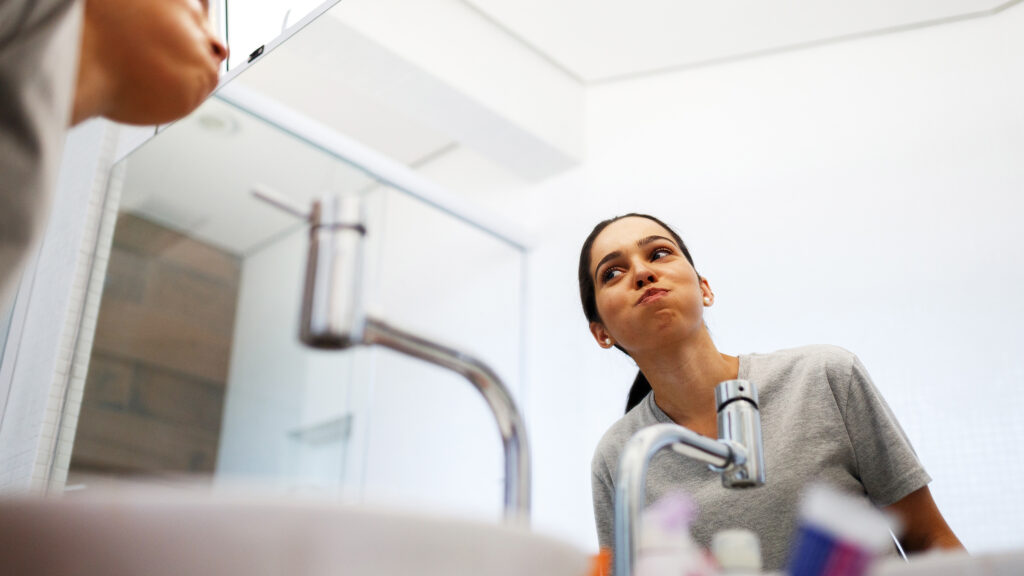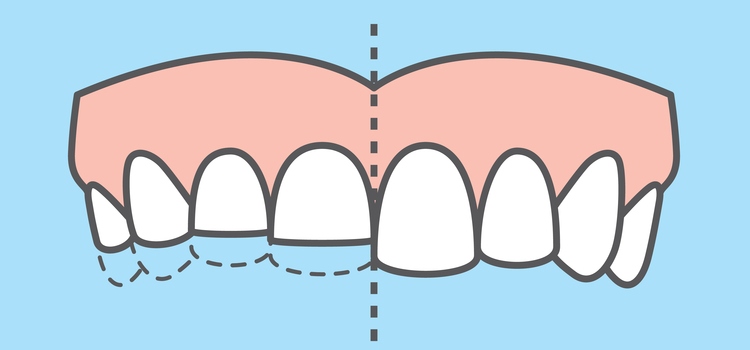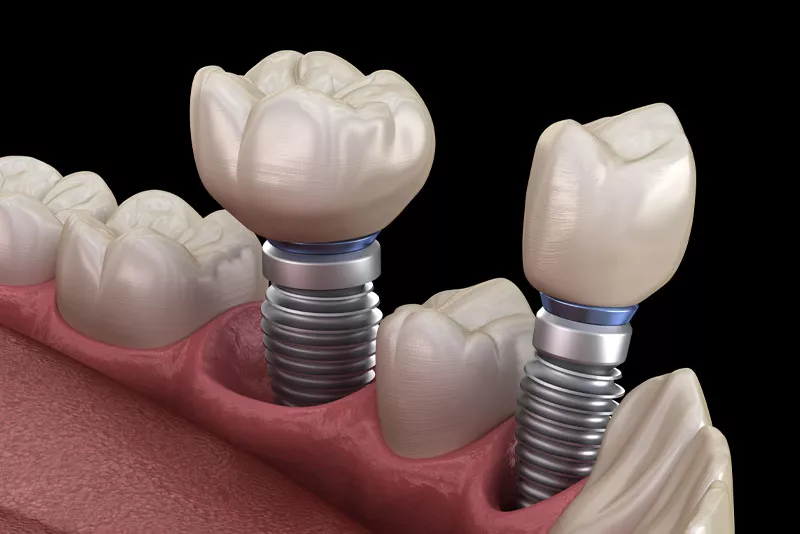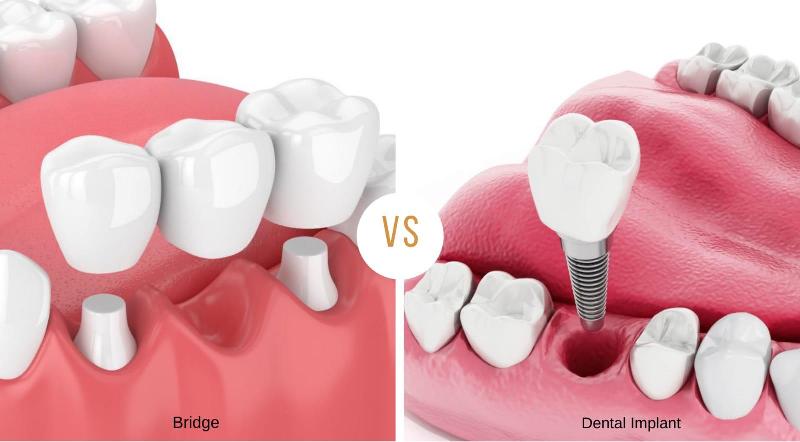Today, dental fillings have become more and more common as people seek to repair a broken or cracked tooth. Taking the proper care of your teeth is important in ensuring a smooth recovery. After the dental procedure, there are several things that you should take note of to prolong the lifespan of the filling.
Whether you’ve just had your first filling or you’re a veteran of the dentist’s chair, knowing the do’s and don’ts after getting a dental filling can make a world of difference in terms of your oral health and the longevity of the fillings.
In the rest of this article, we will take a deep dive into dental fillings, identifying the crucial steps you should take after the procedure to speed up recovery, as well as laying out a straightforward guide to what you should and should not do. From dietary changes to oral hygiene tweaks, we’ve got you covered so that your new filling lasts longer, and your smile stays brighter.
What Are Dental Fillings?
Dental fillings are restorative materials designed to replace or restore a tooth’s function, re-establishing the integrity of the tooth and preventing any further damage or decay.
There are different types of dental fillings, each with its own set of pros and cons. The type of material to use also depends on several factors such as the location of the tooth, the extent of the repair needed, and patient preference for aesthetics. A widely used dental filling is amalgam, an alloy of mercury, silver, tin, and copper. Amalgam fillings are inexpensive and durable but can be quite noticeable due to their silver color.
Composite resins, on the other hand, provide a tooth-colored option that blends seamlessly with the natural hue of your teeth. This makes them one of the most popular options particularly among young adults who prefer to be discrete. Gold and porcelain fillings tend to be more expensive but offer high durability and aesthetic appeal.
Dental fillings are not only used to correct damage caused by damage but also repair teeth that are excessively worn due to habits such as bruxism (teeth grinding). However, it is important to know that dental fillings does not solve the root of the dental problem; you should always consult your dentist if you have experiencing symptoms of bruxism.
How Is Dental Filling Added?
The procedure to add a dental filling to a tooth is pretty standardized, albeit it requires a thorough diagnosis and skillful execution. Here’s a more detailed look at how a dental filling is typically added:
1. Diagnosis
Before any work is done, the dentist usually takes X-rays and performs a thorough examination to determine the extent of the tooth decay. Based on the diagnosis, a discussion with the patient is initiated, where the dentist will recommend the most appropriate type of filling material and treatment plan.
2. Anesthesia
The first step of the actual procedure involves administering a local anesthetic to numb the area surrounding the tooth that needs the filling. This is done to minimize discomfort and pain during the procedure.
3. Removal of Decay
Once the area is numb, the dentist uses specialized instruments such as dental drills, lasers, or air abrasion tools to remove the decayed or damaged part of the tooth. This is to remove all tissue that were compromised while preserving as much of the healthy tooth structure as possible.
4. Cleaning the Cavity
After the decay is completely removed, the cavity is cleaned to remove bacteria and any debris. This step is important to prevent any further decay and to prepare the tooth for the filling material.
5. Placement of Filling
Depending on the type of filling used, there may be different procedures for placing it. For instance, composite resins may require the dentist to keep the tooth dry and apply a bonding agent before placing the filling. The chosen material is then added to the cleaned and prepared cavity.
6. Shaping and Polishing
Once the filling material is placed, the filling is shaped it to match the tooth’s original contour. This involves trimming off any excess material and shaping the filling so it fits naturally and allows for efficient biting and chewing. The final step involves polishing the filling, which not only enhances its appearance but also ensures that it integrates smoothly with the tooth surface.
After the dental procedure, the patient undergoes a quick physical evaluation to ensure that the new filling is not interfering with proper jaw alignment. Any minor adjustments needed are made at this point.
You may be interested in: Is It True That Your Are Teeth Supposed to Be White?
What Should I Do After?
After a dental filling procedure, it’s crucial to follow certain guidelines to ensure proper healing and to extend the longevity of your new filling. Here are some of the things you should do after the procedure:
- Rinse Regularly: During the first 24 hours after the surgery, rinse your mouth with a gentle mouthwash or a warm saltwater rinse to soothe any minor irritations or sensitivities that may arise after the procedure. It also flushes away any food debris that can damage the filling.
- Stick to Soft Foods: For the first 24 hours, consume soft foods that require minimal chewing to avoid putting undue pressure on the newly filled tooth.
- Take Pain Medication: After the procedure, you may experience some slight discomfort and swelling. This is normal and is experienced by most patients who undergo the surgery. Generally, any pain or swelling will subside within the first 12 hours of the surgery. Over-the-counter pain prescriptions like ibuprofen or acetaminophen can help to alleviate any pain that the patient may feel after the dental filling. However, if the pain persists for days after the surgery, inform the dentist immediately as it may be signs of an infection.
- Follow Oral Hygiene: During the first 24 to 48 hours, be gentle around the newly filled area during your regular oral hygiene practices like brushing and flossing. This is to give time prevent the filling from being dislodged by any brushing or flossing motion.
- Monitor for Sensitivity: Some sensitivity to hot or cold substances is normal right after a dental filling. However, if this persists, consult your dentist.
What Should I Not Do ?
Similarly, there are a couple of things that you should avoid doing immediately after the dental procedure. This is to ensure proper healing and prevent any dental complications.
- Avoid Hard or Sticky Foods: Foods that are hard or sticky can compromise the structural integrity of the new filling, especially within the first 24 to 48 hours.
- Don’t Chew on the Filled Tooth: For the first 24 hours, as far as possible, avoid chewing using the tooth that has been filled. This is to give time for the filled tooth to heal without giving it undue pressure.
- Refrain from Smoking: Smoking can interfere with the healing process and should be avoided immediately after the procedure.
- Avoid Excessive Hot or Cold Drinks: Extreme temperatures can exacerbate sensitivity and should be avoided.
- Avoid Grinding the Teeth: As far as possible, avoid grinding your teeth as this will reduce the longevity of the filling significantly. If you are grinding your teeth involuntary, consider seeking alternative treatments like the wearing of a mouthguard or counselling from a mental health professional.
Closing Thoughts
To summarise, dental filling aims to repair and restore a tooth by filling up the damaged and removed portion of a tooth.
After the dental filling procedure, you should be mindful of the lingering effects of anesthesia, avoid certain types of foods, and keep up with standard oral hygiene practices. On the flip side, behaviors like chewing on the filled tooth too soon, consuming extremely hot or cold drinks, or neglecting follow-up dental appointments can compromise the success of the dental filling.
Understanding and following these guidelines is not just about making your immediate post-procedure experience comfortable but also about securing your long-term oral health.
